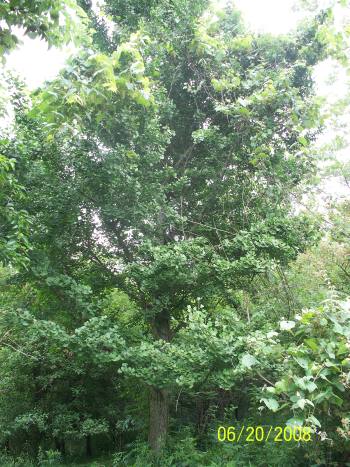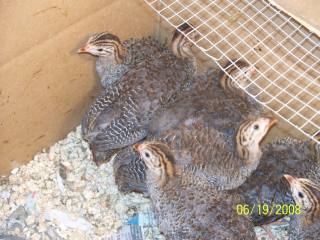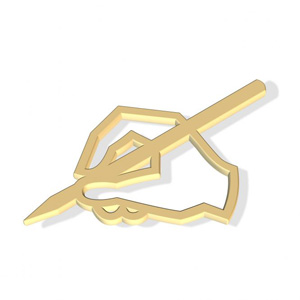


Science Lapbook on the Scientific Method and Classification Science Lapbook Information Included on this page are key concepts, key people, vocabulary, quick facts, research ideas, experiment suggestions, discussion topics, science career topics, and example lab report forms to be used in the creation of a Scientific Method and Classification Lapbook. Vocabulary words are included but the definitions are not. These will be added later. It is always good to have our children look up words, right! At the bottom of the page is a printable PDF version of this entire page. Do not feel obligated to include everything. This would be overwhelming. Pick what is appropriate for your child(ren) and use just those items. Science Lapbook: Key Concepts*Note: Below are listed 7 key concepts. A book type lapbook will have 6 interior pages. Therefore, I would put Kingdoms and Classification through Genus, Species together.Also, note I am including the Theory of Evolution. Some may wish to discuss this in relation to their beliefs or not at all. That is fine and perfectly acceptable. If you choose not to discuss it I might suggest discussing the differences between a theory and fact in the Scientific Method section. 1. Living or Nonliving a. Characteristics of a living thingb. Science of living things = Biologyc. Other –ology, -ologists, -Botany 2. Kingdoms 3. Genus, Species a. Human classification 4. Classification Kingdom through Genus, Species 5. Levels of Organization from Sub Atomic Particles to the Biosphere 6. Scientific Method 7. Theory of Evolution Science Lapbook: Key People-Carolus Linnaeus -Charles Darwin -Robert Hooke -Aristotle -Francesco Redi -Louis Joblot -Louis Pasteur -Lazaro Spallanzani -Alexander Fleming
Science Lapbook Vocabulary-Taxonomy-Classification -Chordata -Monera -Protista -Fungi -Plantae -Animalia -Phylogenic tree -Homologous structures -Chemical -Atoms -Molecules -Organelle -Cell -Nucleus -Tissue -Organ -Body system -Organism -Population -Community -Ecosystem -Ecosphere -Binomial system of nomenclature -Hypotheses -Inductive reasoning -Deductive reasoning -Experimentation -Observation -Conclusion -Evolution -Fact -Biogenesis -Homeostatic
Science Lapbook: Quick Facts1. All living things are composed of cells, the smallest unit of a tissue.2. Inductive reasoning is a type of reasoning that helps scientists come up with hypotheses. 3. The five characteristics of life are: All living things are composed of cells, living things grow and develop and maintain their structure through interaction with the environment, living things have a metabolism which involves chemical activities and energy transformations which are needed for growth and repair and using energy and are self-regulated, all living things show movement, and respond to external stimuli and reproduce and adapt. 4. Biology means the study of life. 5. Deductive reasoning applies general principles 6. Inductive reasoning discovers general principles 7. The scientific method a. States or identifies a problem and collect information b. Forms a hypothesis c. Makes a prediction d. Tests predictions with controlled experiments e. Forms conclusion 8. Five kingdoms are: Monera, Protista, Fungi, Plants (Plantae), Animals (Animalia) 9. Sub Atomic-Atoms-Organelles, Cells, Tissue, Organs, Body systems, Organisms, Populations, Community, Ecosystem, Ecosphere (Biosphere) 10. Kingdom, Phylum, (Subphylum), Class, Order, Family, Genus, Species 11. Human classification, Kingdom Animalia, Phylum Chordata, Subphylum Vertebrata, Class Mammalia, Order Primates, Family Hominidae, Genus Homo, Species sapiens 12. Homeostasis is the automatic tendency to maintain a steady state. 13. The kingdom Monera includes single-celled bacteria and cyanobacteria and lack a nuclear membrane and other organelles. 14. The kingdom Plantae includes plants. 15. The kingdom Animalia includes animals. 16. The kingdom Fungi includes molds and yeast 17. The kingdom Protista includes protozoa, algae, water molds, slime molds 18. Classification system may change to include viruses and other newly discovered organisms. 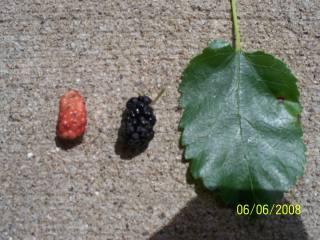 Science Lapbook: Research IdeasResearch any theory or accepted scientific idea.Research and write about Carolus Linnaeus or any of the scientists and specifically state how they used the scientific method in their experiments. Create your own theory and use the scientific method to show your results and conclusions. Science Lapbook: Experiments1.Do a Classification hands on experiment and write it up in a lab report format. For example, give your student several items and have him/her try to develop three ways to classify the items.2. Create a method to analyze information. Write it up and put it in the lapbook. Use notebook or scrapbooking paper to pretty up the reports before pasting them into the lapbook. Another option would be to let your child/student experiment with different folding techniques and let him/her fold her report before pasting it in the lapbook. 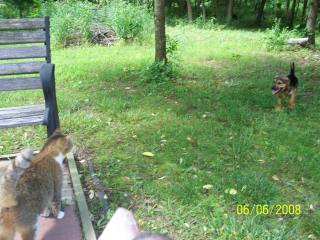 Science Lapbook: Discussion TopicsDiscuss one or more of the following topics and have student create a collage, visual demonstration, write an essay, paint a picture, or in some way demonstrate the discussion. Require some form that can be put in the lapbook.Theory vs. Fact Acceptance of theories-Does it make it truth? What is truth? Why classify things? Interesting Discoveries or changes over the years involving the classification system or scientific method. Important Contributions made by Linneaus Importance to Man Life Science Careers1. Biology – Study of living things – Biologist2. Botany-Study of plants-Botanist 3. Zoology- Study of animals-Zoologist 4. Microbiology-Study of microscopic plants and animals- Microbiologist 5. Cytology-Study of cells-Cytologist 6. Ecology-Study of relationship of organisms and their environment-Ecologist 7. Entomology-Study of insects- Entomologist 8. Herpetology-Study of reptiles and amphibians-Herpetologist 9. Ichthyology-Study of fish-Ichthyologist 10. Mammalogy-Study of mammals-Mammalogist 11. Marine Biology-Study of plants and animals in seas and oceans-Marine Biologist 12. Ornithology-Study of birds-Ornithologist Example Lab ReportTitle: (Give the experiment a title.)Name: (What is your name?) Date: (What is the date?) Question: (What question prompted this experiment?) Hypothesis: (What do you think the results will be?) Experiment: (Explain the experiment and what steps were taken to complete the experiment.) Equipment used: (What equipment and materials were used? List all.) Results: (Charts, graphs, written documentation of results go here.) Interpretation and Explanation: (How do you interpret the results?) Conclusion: (Was the experiment a success? Did it turn out the way you expected? Does it match the hypothesis?)
Blank Lab ReportTitle: Name: Date: Question: Hypothesis: Experiment: Equipment used: Results: Interpretation and Explanation: Conclusion:
|
JulieD
To Teach
Is
To master
To master Is
To know
To know
Is
To live
To live
Is
To share
To share
Is
To give
To give
Is
To Teach
